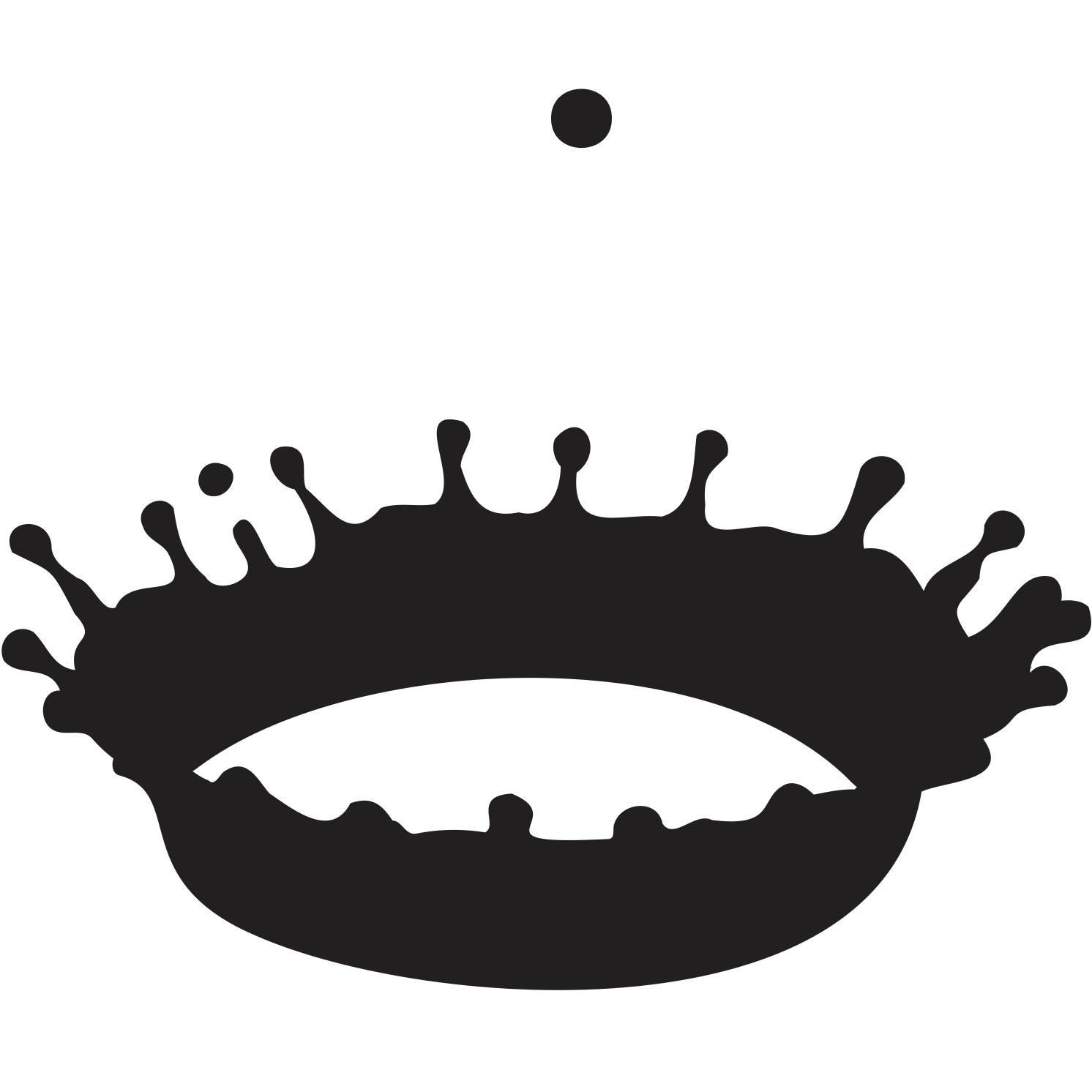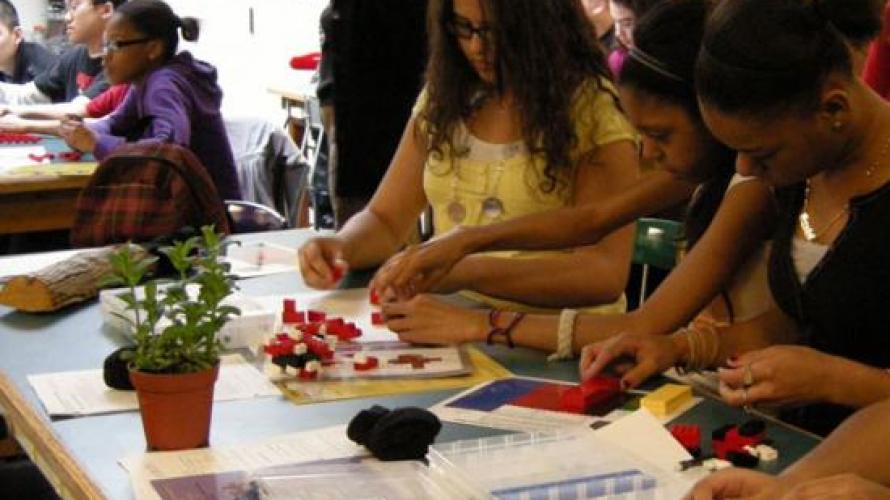Students model the photosynthesis reaction with LEGO bricks by building the products from the reactants. Student start with carbon dioxide and water molecules and use them to create glucose and oxygen. Students can show how plants use glucose by modeling cellular respiration, and building starch and cellulose.
Photosynthesis
This lesson is appropriate for children ages 11 and up. Students model the photosynthesis reaction by building the products (glucose and oxygen) from the reactants (carbon dioxide and water). Students can model cellular respiration and build starch and cellulose to show how plants use glucose.
The topic of photosynthesis is a fundamental concept in biology, chemistry, and earth science. Educational studies have found that despite classroom presentations, most students retain their naïve idea that a plant’s mass is mostly derived from the soil, and not from the air. To call students’ attention to this misconception, at the beginning of the lesson we provide a surprising experimental result so that students will confront their mental mistake. Next, students better envision photosynthesis by modeling where the atoms come from in this important process that produces food for the planet. Using models, students will utilize the atoms from carbon dioxide and water to build glucose and oxygen. Additionally, students can model cellular respiration and build both cellulose and starch from the same glucose molecules to demonstrate how glucose becomes incorporated into the structures of the plants we see around us.
Download the Molecule Sets Overview or read the Rationale for using LEGO bricks as atoms.
Molecule Sets:
You can make your own Molecule Sets by visiting Information for Edgerton Center Molecule Sets. We are no longer able to sell Molecule Sets. We recommend students work in pairs with 1 kit.
The following LEGO bricks are the minimum required per kit for the Photosynthesis Lesson:
- 36 red bricks (2x4)
- 12 black bricks (2x4)
- 24 white bricks (1x2)
NOTE: "2x4" and "1x2" refer to the number of bumps on top of the LEGO bricks.
Photosynthesis Lesson Mats:
Print all mats in color at 100% size on 11"x17" paper or 8.5"x11" paper. The Atom Key/Layout Mat is required for all Molecule Set lessons. The 2 posters can be printed as large classroom posters or 8.5"x11" mats. *Card C: Making Cellulose Molecules is optional, and should only be given to students who have displayed expert skill in building glucose.
The following mats are the minimum required per kit for the Photosynthesis Lesson:
- Atom Key/Layout Mat
- Card A: Making Glucose Molecules
- Card B: Making Starch Molecules
- Layout Mat for Glucose Parts and Glucose Check Mat
- Photosynthesis Reaction Mat Original OR Photosynthesis Reaction Mat White
- Poster: Plants Cells and Molecules
- Poster: Plants from Thin Air
The following mat is optional for the Photosynthesis Lesson:
Student Worksheets:
MIT Edgerton Center Teacher Guides, Resources, and Training:
- Photosynthesis Co-Teaching Video from BLOSSOMS: Roots, Shoots, and Wood (25 min)
- Photosynthesis Presentation for Teaching
MIT Edgerton Center videos on our YouTube channel:
- Making Glucose Molecules (6 min)
Original Teacher Guides and Resources:
Massachusetts State Frameworks for grades 6-8, Life Sciences (Biology) Strand:
16. Recognize that producers (plants that contain chlorophyll) use the energy from sunlight to make sugars from carbon dioxide and water through a process called photosynthesis. This food can be used immediately, stored for later use, or used by other organisms.
AAAS benchmarks:
4C, grades 9-12, Processes That Shape the Earth: Plants alter the earth's atmosphere by removing carbon dioxide from it, using the carbon to make sugars, and releasing oxygen. This process is responsible for the oxygen content of the air.
5E, grades 6-8, Flow of Matter and Energy: Food provides the fuel and the building material for all organisms. Plants use the energy from light to make sugars from carbon dioxide and water. This food can be used immediately or stored for later use. Organisms that eat plants break down the plant structures to produce the materials and energy they need to survive. Energy can change from one form to another in living things. Animals get energy from oxidizing their food, releasing some of its energy as heat. Almost all food energy comes originally from sunlight.
National Science Foundation Content Standard:
Content Standard C, grades 5-8: For ecosystems, the major source of energy is sunlight. Energy entering ecosystems as sunlight is transferred by producers into chemical energy through photosynthesis. That energy then passes from organism to organism in food webs.







